
Spotify Singles recently hit a milestone of 5 billion streams. In just four and a half years, the program has boasted more than 630 recordings from more than 300 artists across all genres and in countries around the world. Artists such as Tove Lo, John Legend, LeAnn Rimes, Zara Larsson, Sting, Ed Sheeran, Lauv, and Norah Jones have taken advantage of the opportunity to record a version of their own song or to cover a favorite hit—and in the process, they’ve created something new and special while also opening up the discoverability of the song to more listeners in newer markets.
Now there’s a new set of artists getting in on the mix and opening doors to the Spotify Singles program in its newest market: India. On World Music Day, June 21, Spotify launched “Enjoy Enjaami – Spotify Singles,” a collaboration between India-based Tamil artist Dhee and popular French record producer and icon DJ Snake.
Dhee’s original track “Enjoy Enjaami” is a Tamil-language song featuring Arivu, who also wrote the lyrics, and was produced by Santhosh Narayanan. The track went viral with more than 15 million streams on Spotify, marking a milestone for a regional artist’s debut single. The track was not only streamed heavily in the Tamil-speaking city of Chennai, but also across other cities in India, and global cities such as Kuala Lumpur, Toronto, and London. By bringing Dhee together with DJ Snake, who has a huge following in India, the new Spotify Singles track is a way for both artists to reach an even wider audience in India, France, and beyond.
“I love that people across the world are vibing to this version of ‘Enjoy Enjaami,’” DJ Snake told For the Record. “The first time I heard the song, I knew I wanted to work on it. Once the opportunity did arise, it took me all of two hours to re-create it for a global audience. Even though many listeners may not understand the lyrics, it only further confirms that music is borderless. The fact that streams are coming from across the world makes me so happy.”
In its first 10 days on platform, the single amassed more than 1.4 million streams in India and France, but also in markets like Germany, Mexico, Japan, and Brazil, among others. It has featured in over 60 Spotify editorial playlists, including 30 New Music Friday playlists and more than 10,000 user playlists across the world. The artists and the track also featured on Spotify’s Times Square billboard in New York during the release week.
Echoing DJ Snake’s sentiments, Dhee said, “I am so grateful and mindblown just thinking about how many people across the world are listening to this song. This song means a lot to us and it’s also my debut single. After all the beautiful feedback we’ve gotten from India, I am overwhelmed with the response from listeners all over the world—it’s so heartwarming. Spotify’s global reach has opened up opportunities for artists like me to put music out and truly bring people together.”
This single is not the first border- and genre-crossing collaboration of its kind. Recently, Korea RADAR artist AleXa partnered with MENA RADAR artist Bader for the program’s newest single. Initiatives like these two allow rich music cultures to cross-pollinate and reach new listeners in 170+ markets around the world.
From India’s emerging independent artists to larger established ones, Spotify has supported the local music ecosystem not just within the market, but around the world. This is just the first of hopefully many Spotify Singles from India—something that will help us accelerate the discovery of more genres of local music.
Want to feast your eyes on the visuals of Enjoy Enjaami combined with DJ Snake’s international music vibe? Check it out here.







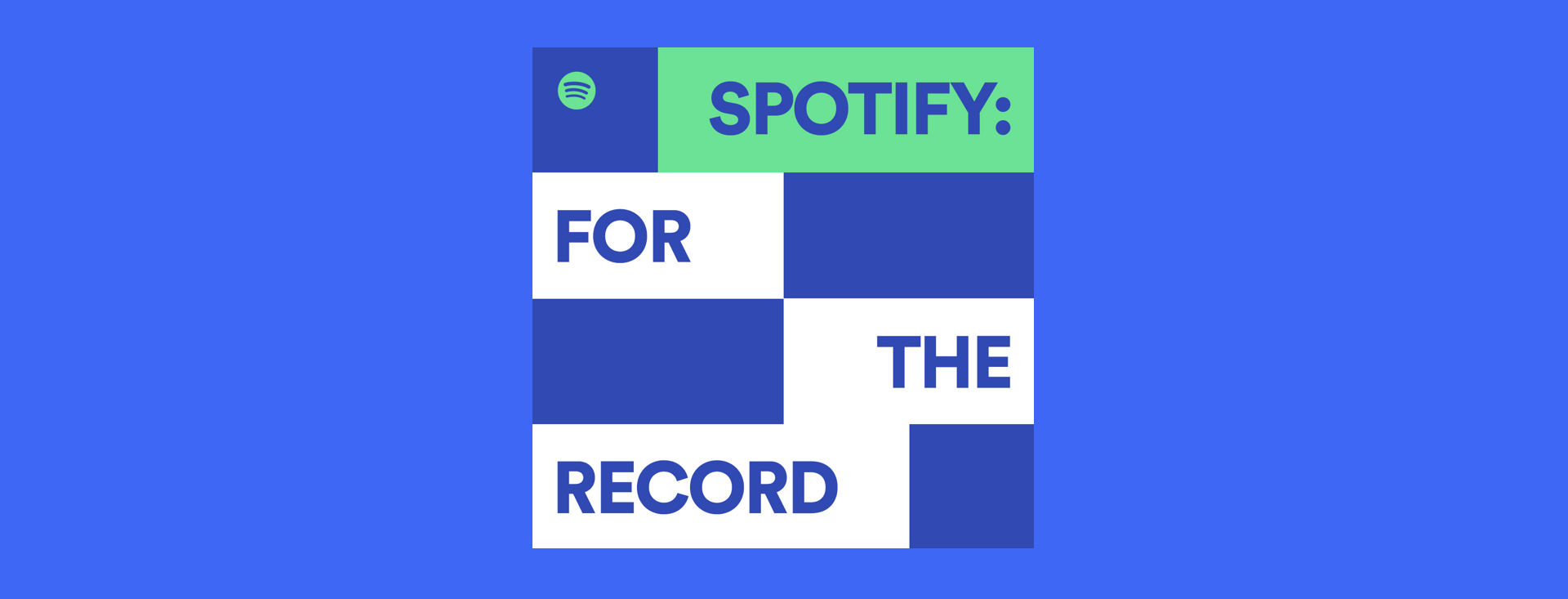

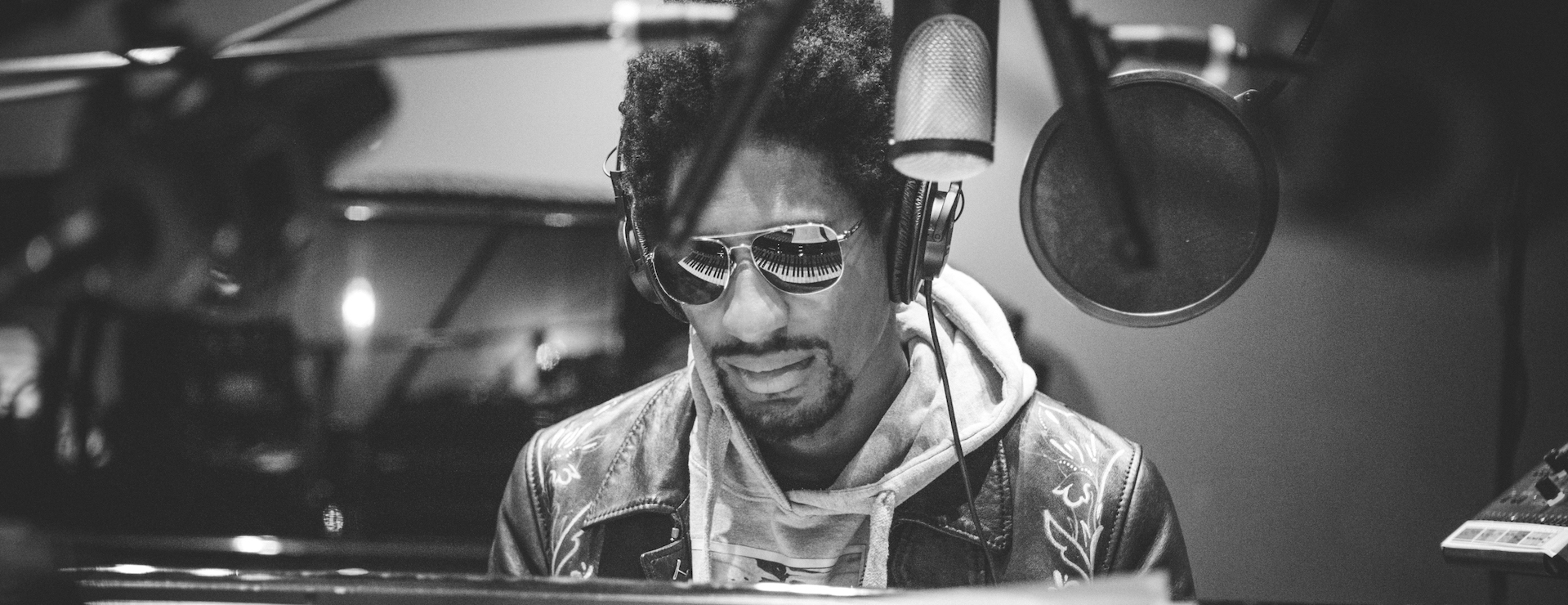

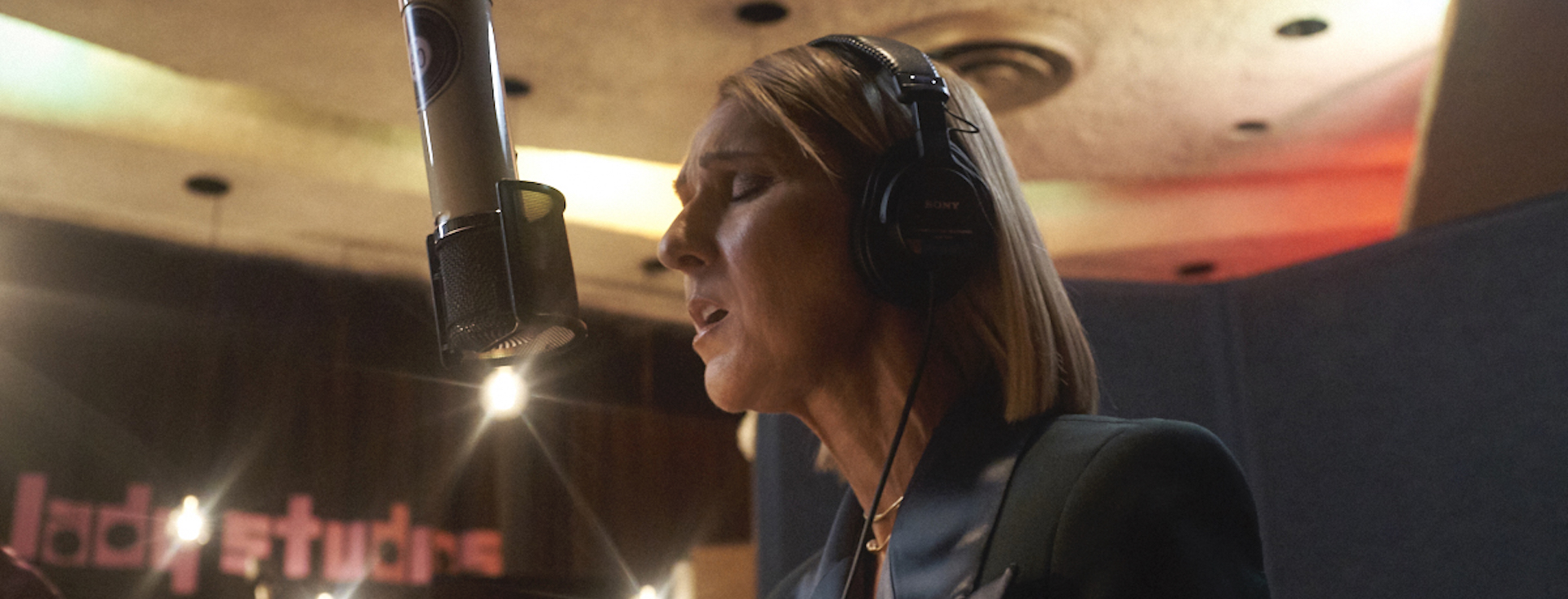
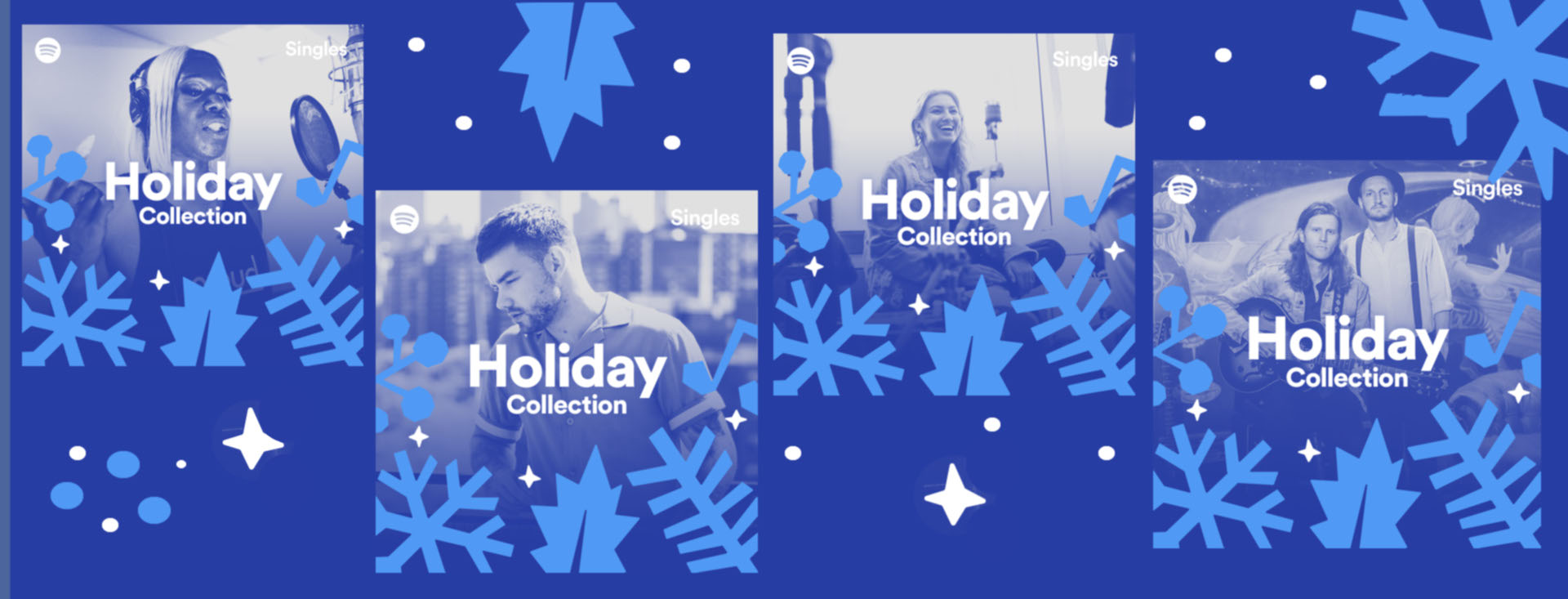
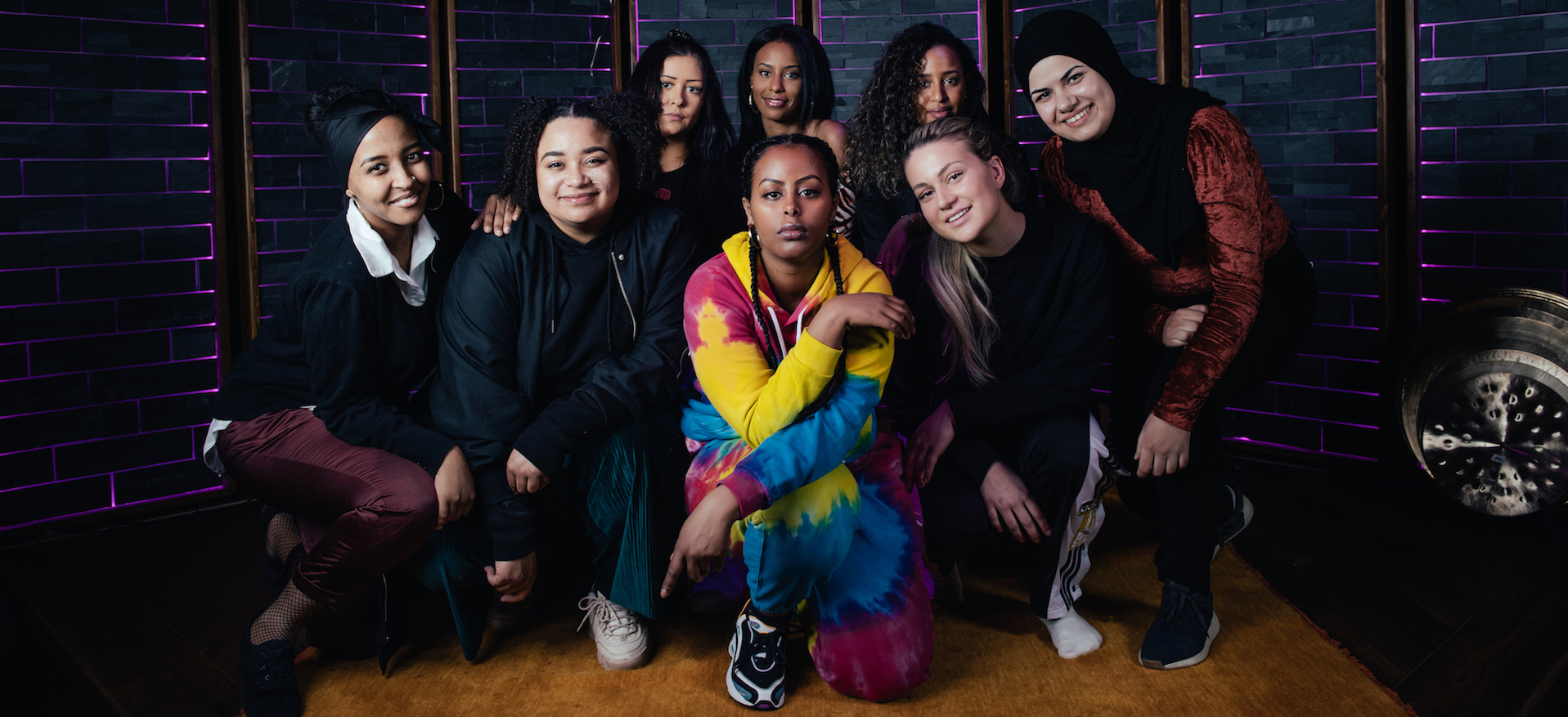

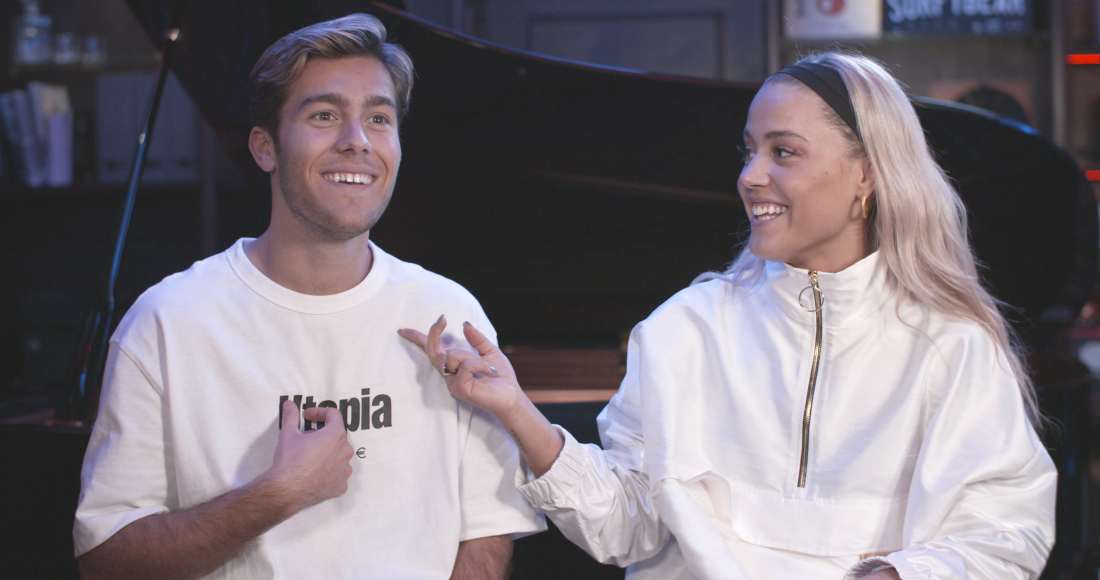





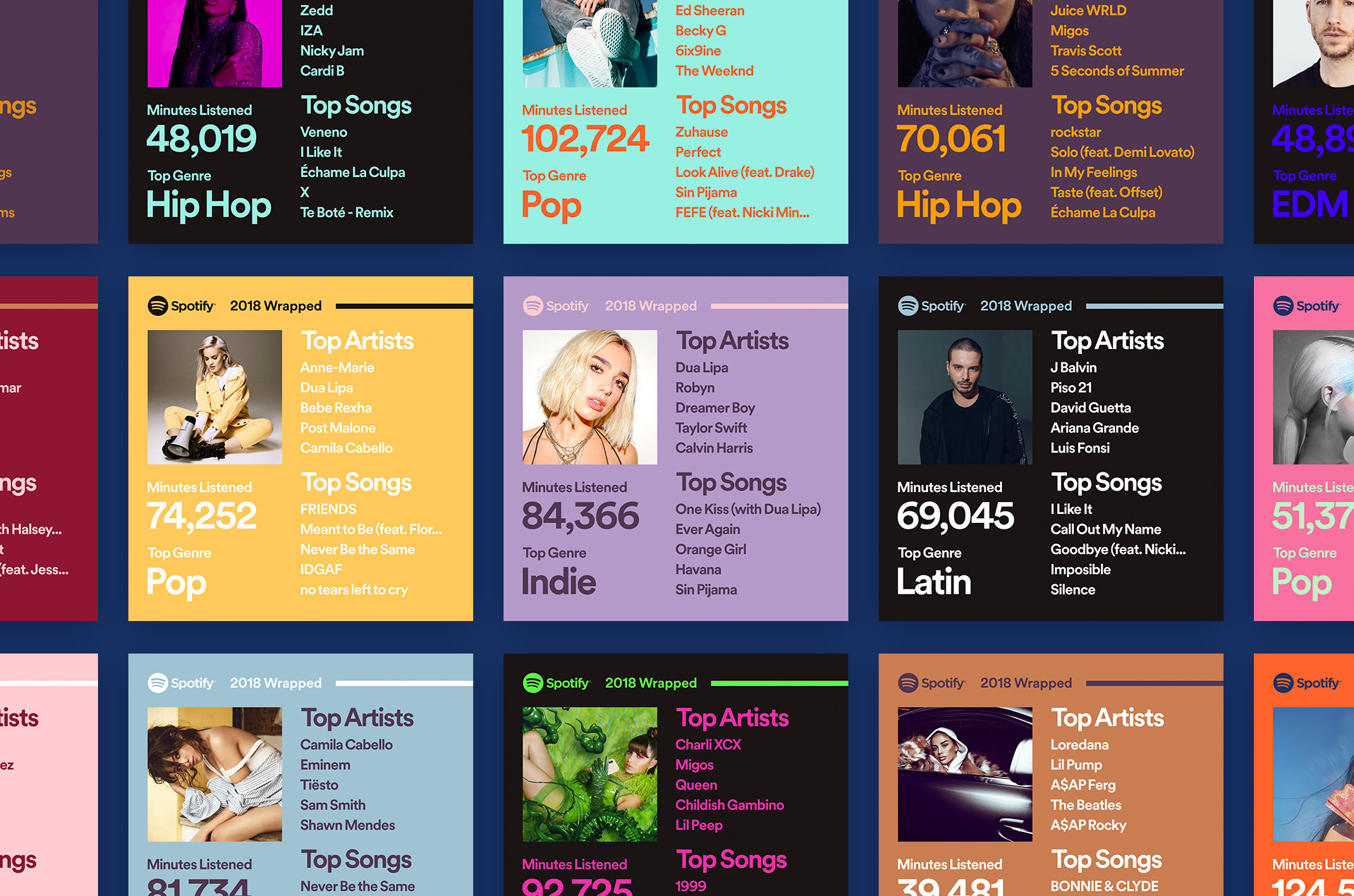
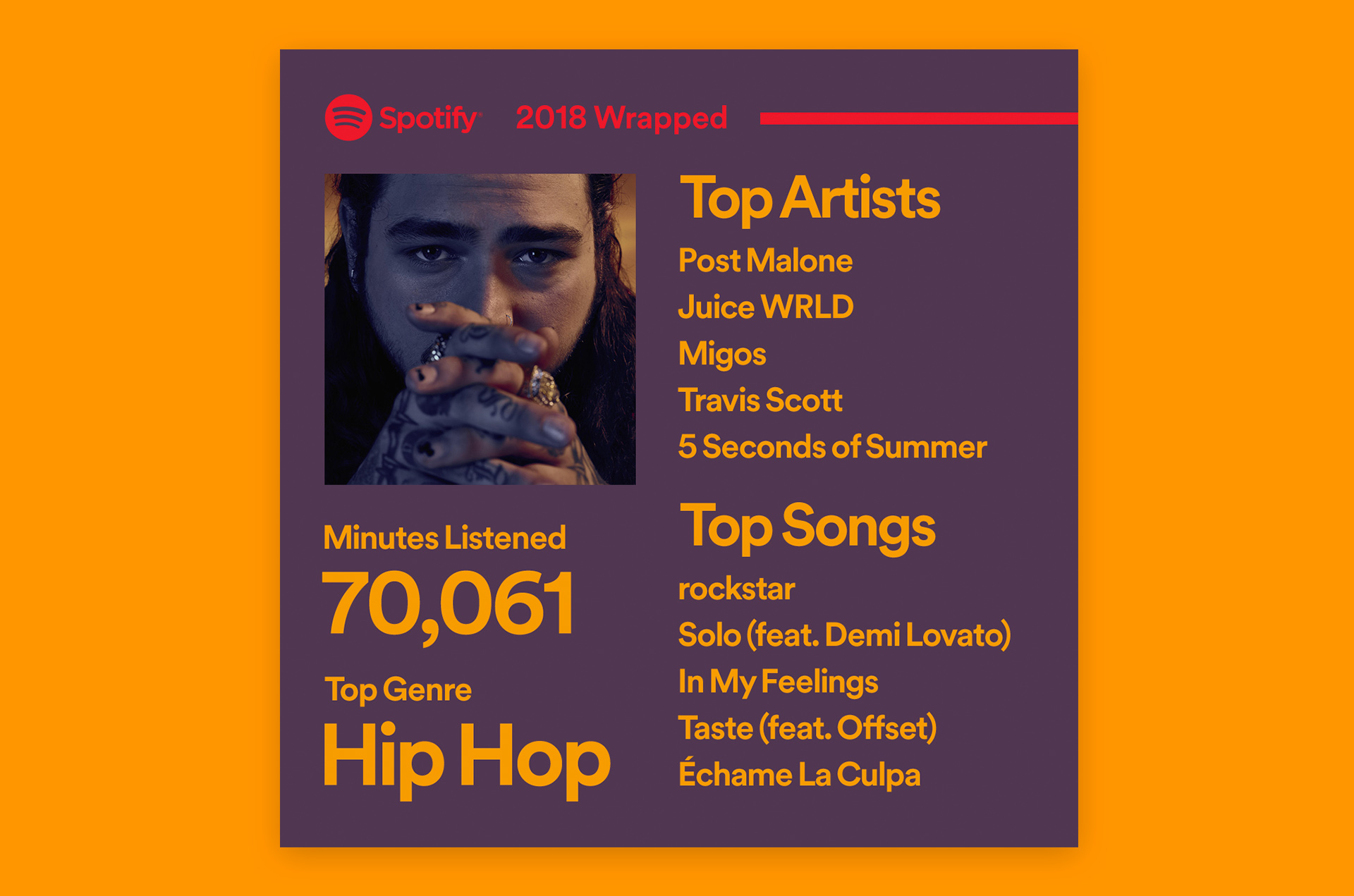
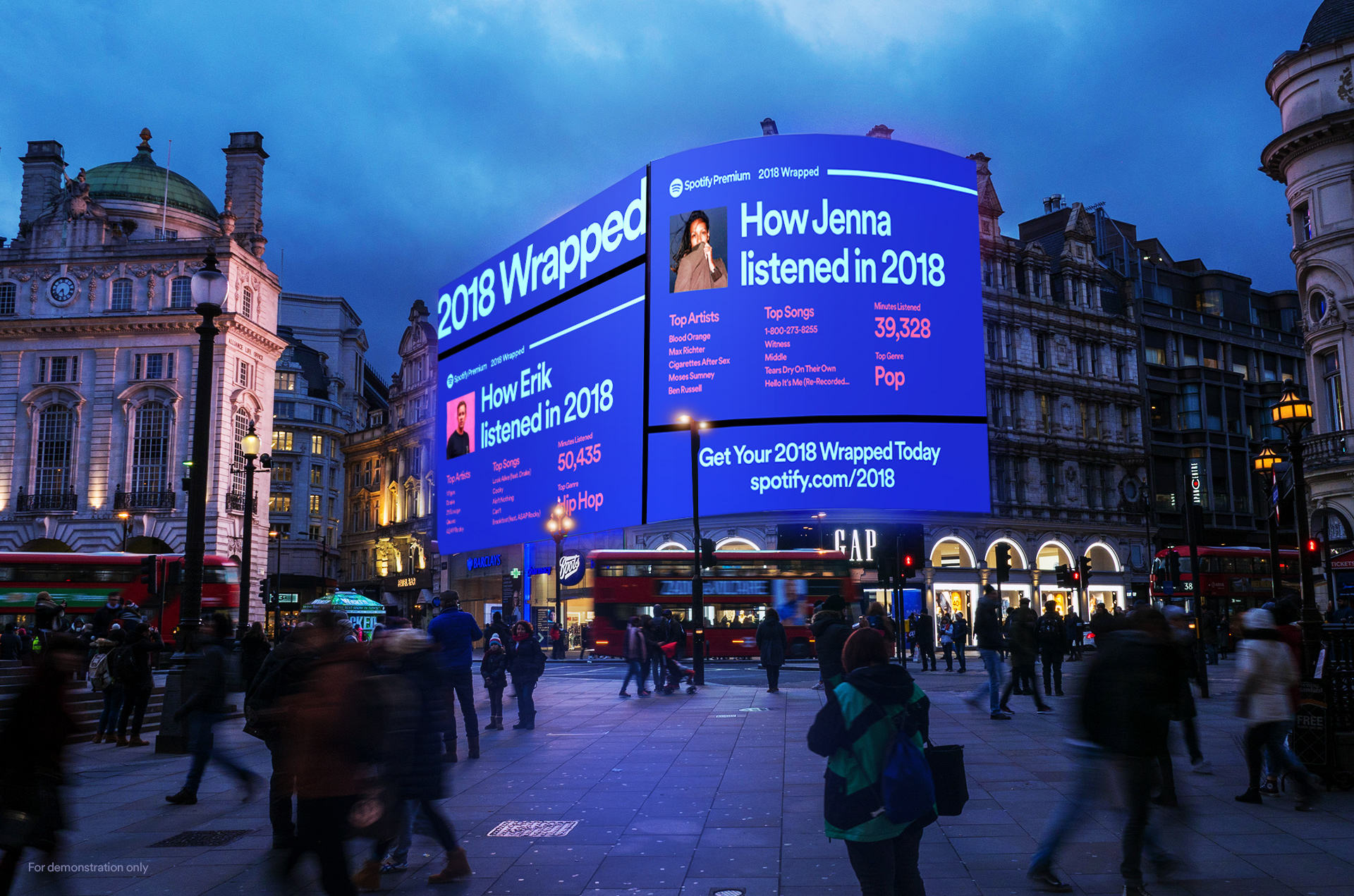
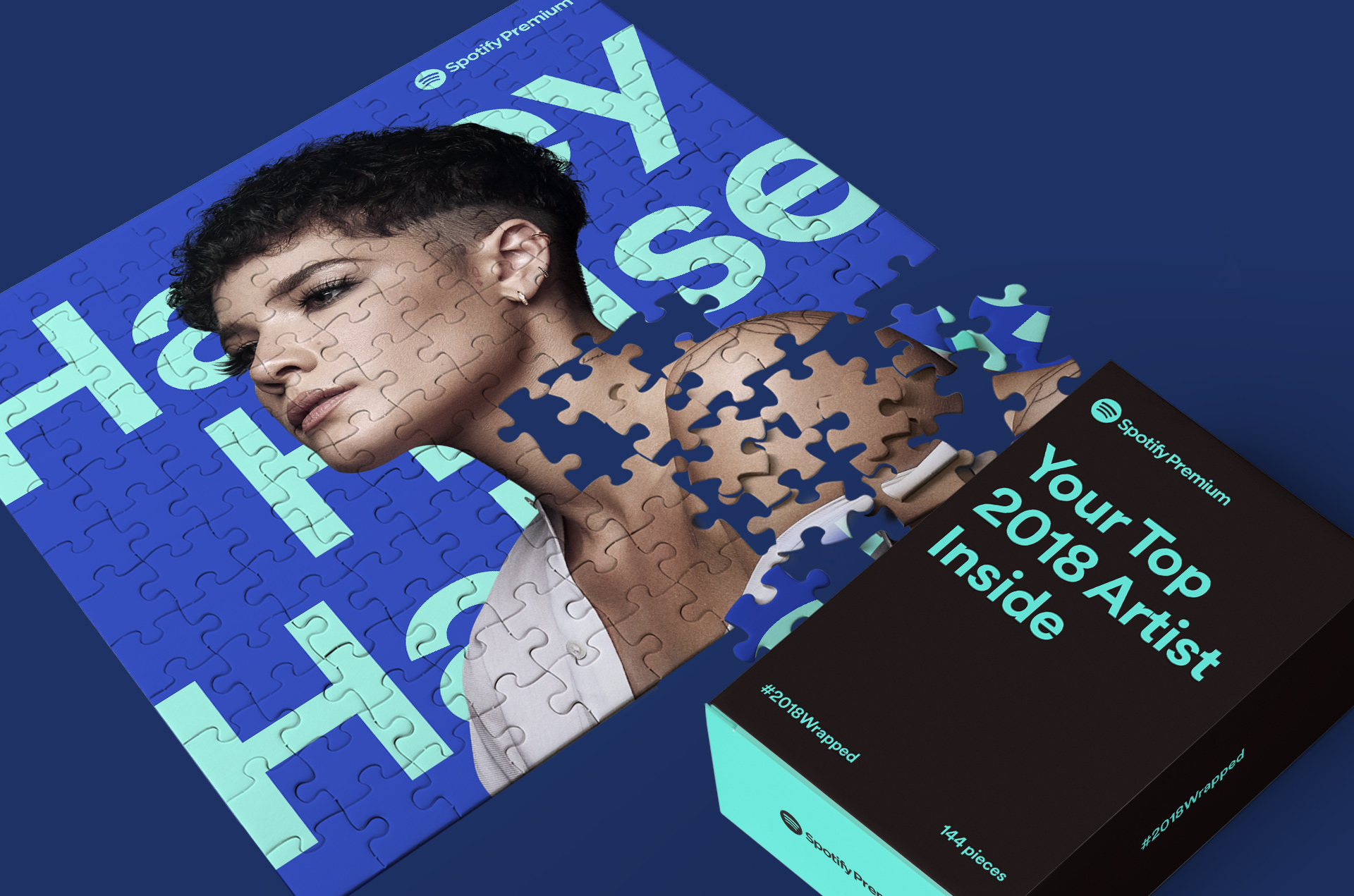
Recent Comments